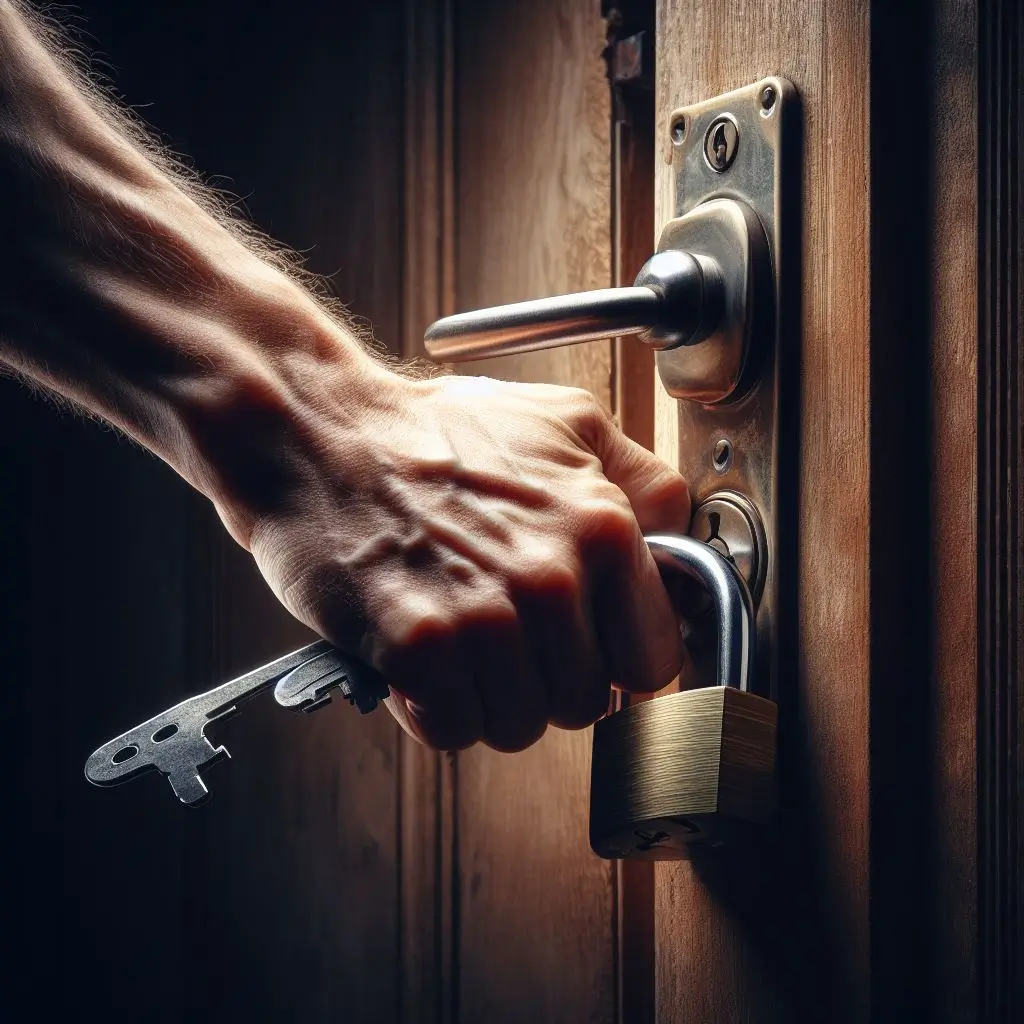Locks are the unsung heroes of our daily lives, quietly safeguarding our homes, offices, and valuables. However, like any other mechanical device, locks can sometimes throw a wrench into our plans by malfunctioning. Whether it’s a stubborn door lock, a jammed padlock, or a misbehaving key, lock problems can be a source of frustration. In this blog, we’ll explore some common lock issues and provide practical solutions to help you regain control.
Key Stuck in the Lock:
One of the most frustrating lock problems is when your key refuses to budge. This can happen for various reasons, such as a misaligned lock, a damaged key, or dirt and debris inside the lock mechanism.
- Solution: First, try lubricating the lock with a silicone-based lubricant. If that doesn’t work, examine the key for any visible damage. If the key is bent or worn, consider getting a replacement.
Jammed Door Lock:
A door lock that refuses to turn can be a significant inconvenience, potentially leaving you locked out or in. This issue often arises due to issues with the lock’s internal components or misalignment.
- Solution: Begin by spraying a small amount of lubricant into the keyhole. If the lock still won’t turn, check the door alignment. Adjusting the strike plate or the position of the latch can often resolve the issue.
Frozen Locks:
In colder climates, locks can freeze, making it difficult or impossible to insert the key. This problem is caused by moisture inside the lock freezing in low temperatures.
- Solution: Warm the key with your hands or use a hairdryer to melt the ice gently. Avoid using hot water, as it can worsen the problem. To prevent future freezing, consider using a de-icing spray or applying a lubricant that is specifically designed to withstand cold temperatures.
Worn Out or Broken Keys:
Over time, keys can wear down, leading to difficulties when trying to unlock a door. In some cases, keys can break inside the lock, exacerbating the problem.
- Solution: If your key is visibly worn, consider getting a new one cut from the original. If a key breaks inside the lock, avoid trying to extract it yourself, as this can cause further damage. Instead, seek professional assistance to safely remove the broken key and assess the lock’s condition.
Padlock Issues:
Padlocks are susceptible to various problems, including rust, jamming, or difficulty turning the key.
- Solution: For rust-related issues, try applying a rust dissolver or using a wire brush to clean the padlock. Lubricate the mechanism with a silicone-based spray. If the key still doesn’t turn smoothly, gently jiggle the key while turning.
Dealing with lock problems can be a frustrating experience, but armed with the right knowledge, many issues can be resolved with minimal effort. Regular maintenance, such as lubricating locks and addressing minor issues promptly, can go a long way in preventing major problems. However, when in doubt, it’s always wise to seek the expertise of a professional locksmith to ensure the security and functionality of your locks.
Take control of your security – contact us now to guarantee your peace of mind with First Class Locksmiths. Remember, a little care today can save you from a lot of headaches tomorrow.




